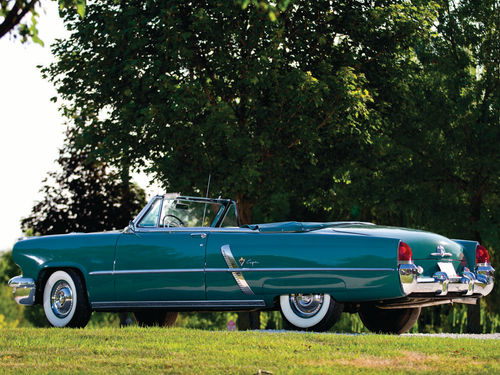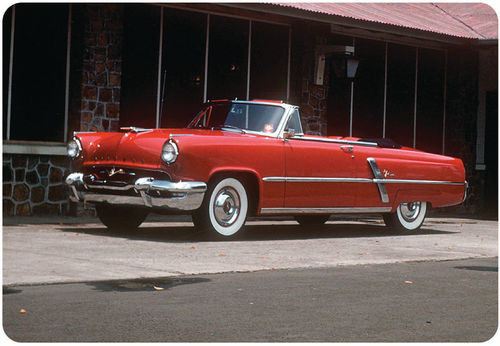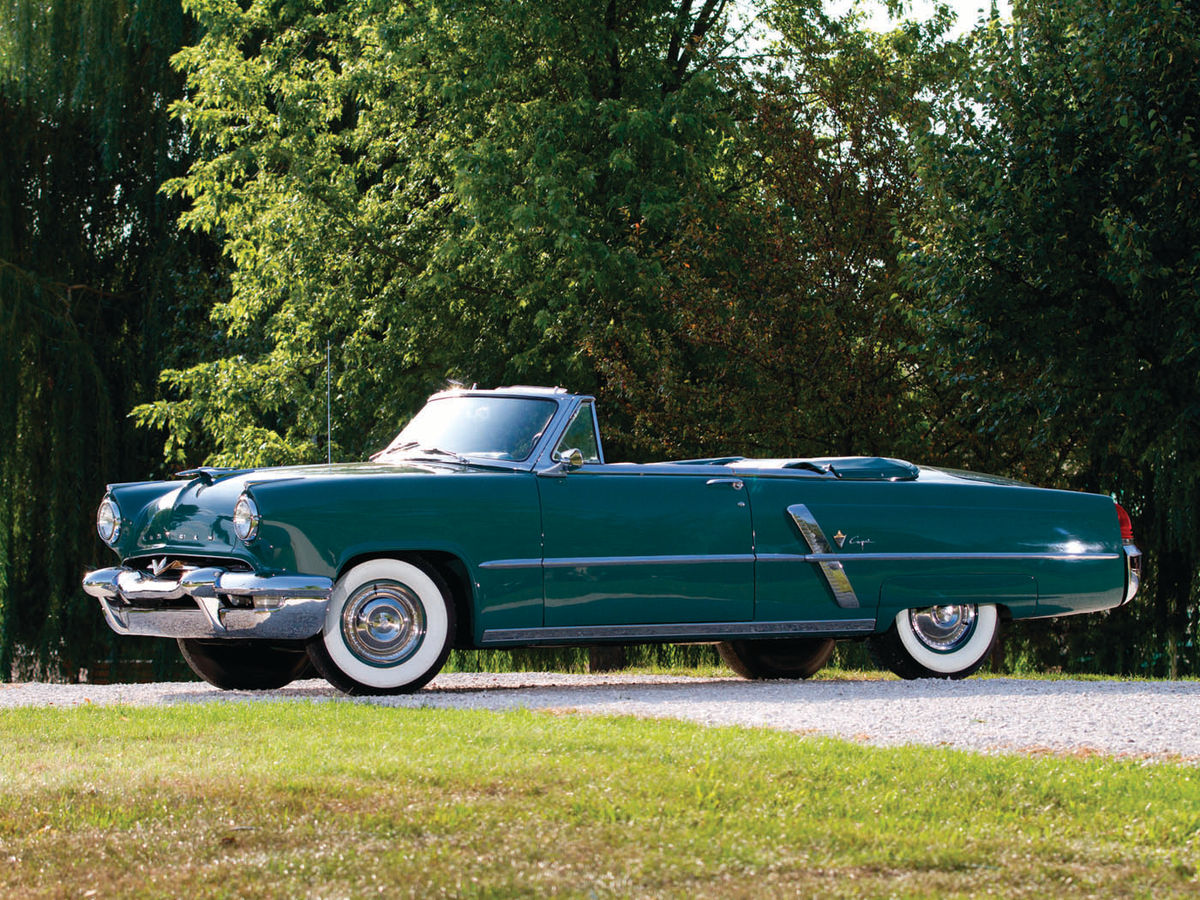Are stainless steel valves the answer?
Question:
I recently read an article on rebuilding a 327 Chevy with cast iron “double hump” cylinder heads. The article states that the owner “has fitted these heads with stainless steel valves, which eliminates the expense of installing hardened exhaust valve seats, and possibly cutting into the water jackets.” Does this work? My understanding is the removal of tetraethyl lead from gas encourages valve recession, where the valves sink into heads that don’t have hardened valve seats (or hardened valve seat inserts). Does use of stainless valves reduce this wear? If so, it’s a great trick I never heard of.
Answer:
The main advantage to stainless steel valves is that they can stand the high heat ranges and lack of cushioning that unleaded fuel creates. As noted in earlier columns, the lead in the fuels of the ’50s through the ’70s was added to slow down the combustion in order to avoid detonation. It also provided a protective coating on the valves. Old-style valves developed valve seat recession because of mini detonations that cause tiny bits of metal to leave the valve seats and attach to the valves.
Stainless steel alloy valves were developed to prevent this phenomenon and are the way to go even if you are overhauling a stock engine for the street. Insetting separate valve seats can make the head weaker, and the inserts can come loose. Also, if the valve seats have been ground before it is possible to cut into the water jacket.
You can also obtain sodium-filled valves for better valve cooling too. They are filled with salt that becomes molten in service, and helps cool the valves. They do a good job, but are not really necessary for normal use. But if you are a man who wears a belt and suspenders, you may want to go that way.


If you are going to be racing, there are different alloys and stem configurations that you may want to use depending on your needs. Discuss this with your machinist to determine the best alternative for your application. There are titanium valves that can handle even greater temperatures than stainless, and they are lighter as well, and can handle higher rpm. They are quite expensive though, at as much as $100 a valve. There are also coated stainless steel valves that can handle more heat too. And there are valves with hollow stems in order to cut reciprocating weight. All of these alternatives to stainless are expensive, and not necessary for normal street use.
Incidentally, those early Corvette double-hump heads are few and far between, and cost a lot of money for good ones that are not cracked or used up. Also they are not necessarily the best choice anyway because of their small combustion chambers. If you mill too much off of them the compression ratio will be too high and you will not be able to run pump gas.
















